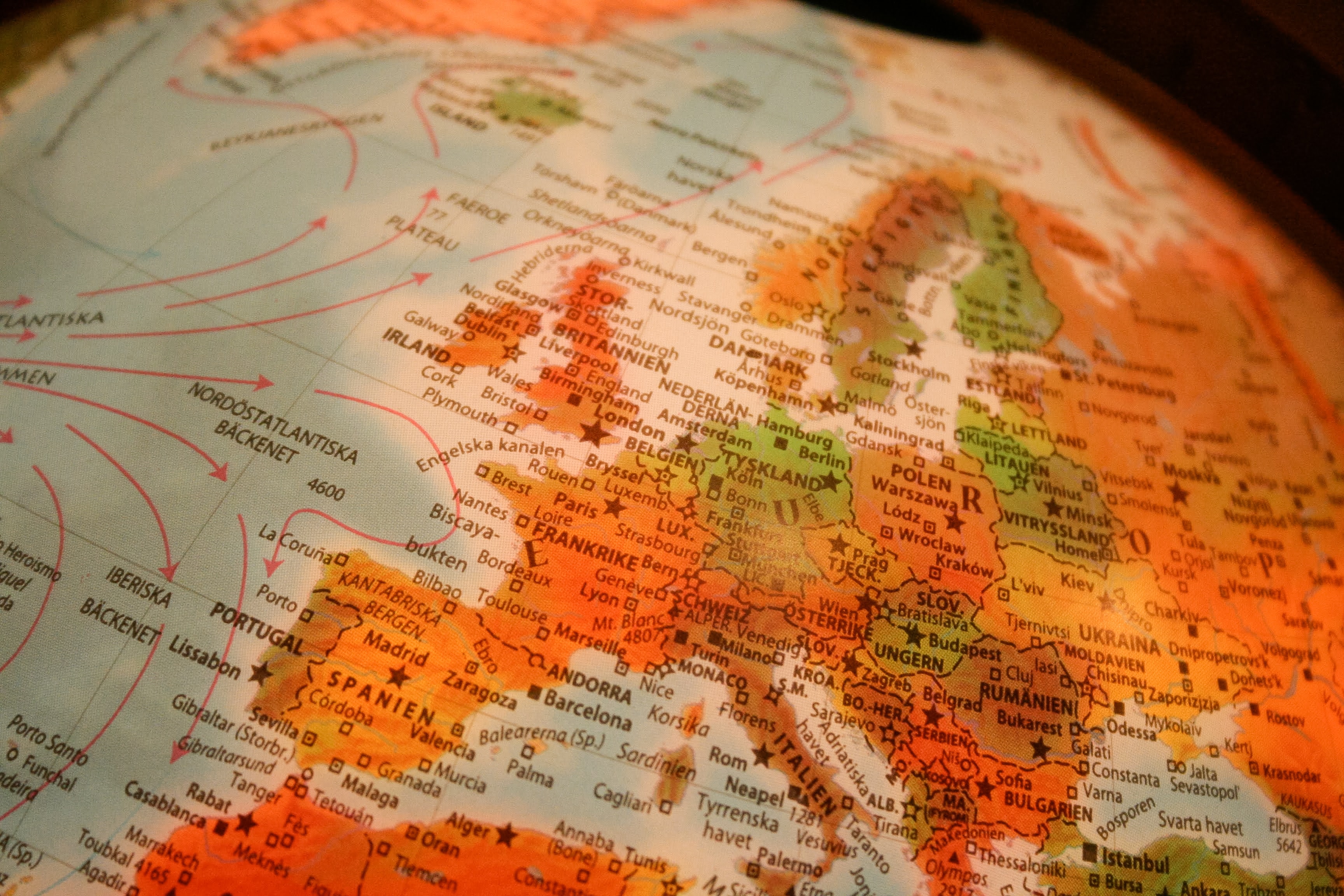Vinna við nýjar heimasíður Umhverfis- og orkustofnunar og Náttúruverndarstofnunar er í gangi. Heimasíða Umhverfisstofnunar er virk á meðan vinnunni stendur. Information in English
General information

Through the implementation of the 2009 climate- and energy package, the European Union aims at achieving at least a 20% reduction in emission of greenhouse gases by the year 2020 compared to 1990 levels. In order to achieve this objective, contributions are needed from various different sectors of the community, including among others energy generation, industry, transportation and agriculture.
European emission trading system
The cornerstone and key instrument of EU’s policy on climate change is the European emission trading system (EU ETS), established with directive 2003/87/EU and directive 2004/101/EU. In operation since 2005, the system is intended to promote emissions reduction within its member states through cost efficient measures. Additionally, the system is intended to provide means for the European Union to honour its commitment under the Kyoto Protocol and the United Nations framework convention on climate change (UNFCCC).
As a cap and trade system, the EU ETS is intended to create financial incentives, for installation and aircraft operators covered by the scheme, to reduce emissions. At the end of each year each company must surrender enough allowances to cover all its emissions, otherwise fines are imposed. If a company reduces its emissions, it can keep the remaining allowances to cover its future needs or sell them to another company that is short of allowances. The flexibility brought by trading ensures that emissions are cut where it costs least to do so.
Obtaining allowances
Companies can obtain allowances through various measures. A share of the allowances is allocated for free to installations and aircraft operators that have applied for such allocations and submitted necessary documents pertaining to the application. Secondly, allowances can be obtained through auctions held by member states. Allowances can also be earned or created through the CDM and JI mechanisms of the Kyoto Protocol and finally companies can buy emission allowances on the carbon market. Following the allocation and auctioning of allowances, trading can be executed by both legal entities covered by the ETS as well as any other legal entities and individuals.